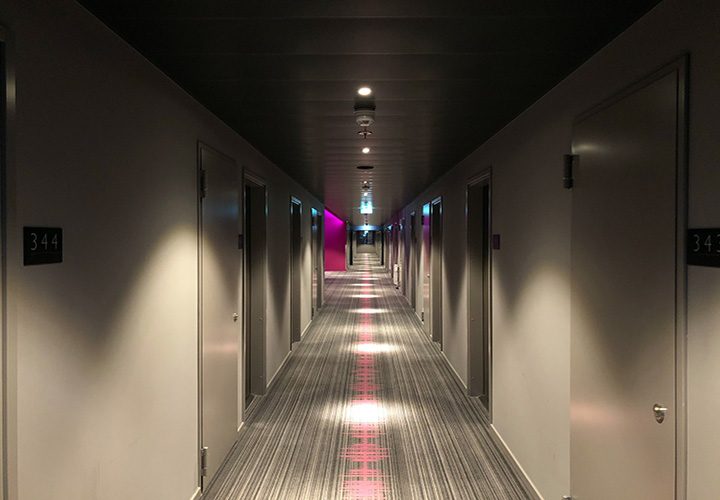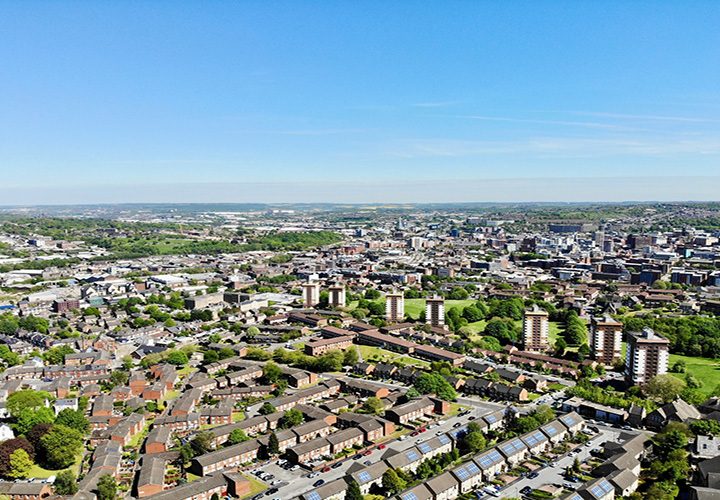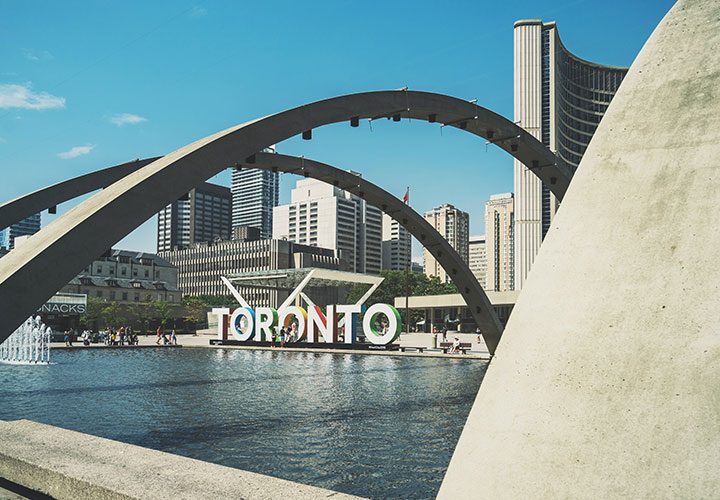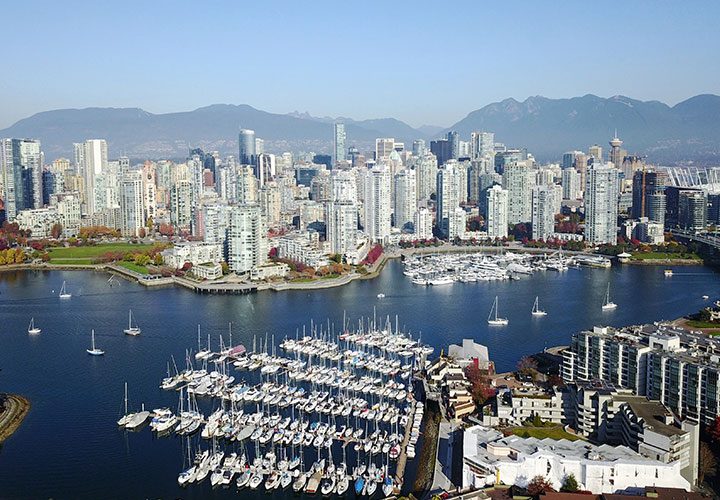Turin
Turin is the capital city of Piedmont in northern Italy, known for its refined architecture and cuisine. The Alps rise to the northwest of the city. The city has a rich culture and history, being known for its numerous art galleries, restaurants, churches, palaces, opera houses, piazzas, parks, gardens, theatres, libraries, museums and other venues.
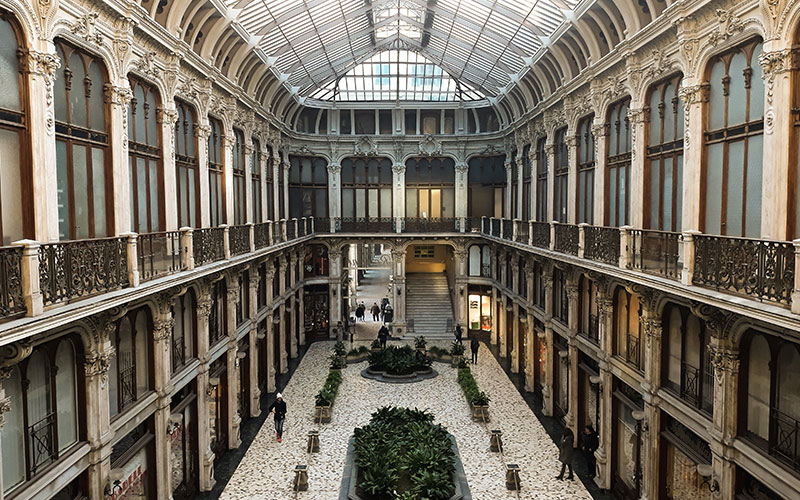
Details
Before visiting any town or city make sure you know the basics. General details and important information.
- Emergency Services: 112
- Language: Italian
- Currency: Euro
- Country Code: IT
- Travel Visa: None required
- Population: 908,551
Risk Level
Researching various official sources, we perceive the risk to holiday makers and travellers are as follows;
Travellers Tips
Top travel advice and interesting tip bits of information from experienced travellers.
Emergencies
For the Emergency services just dial 112 from any phone. Be aware that the operator may or may not speak English.
Hospitals
Click the text below for more information.]
Azienda Ospedaliero-Universitaria Molinette San Giovanni Battista
S. S. N. Regione Piemonte Azienda Ospedaliera O. I. R. M. – S. Anna
Tourist Offices
Click the text below for more information.
Travelling Around
Most landmark attractions are easily accessible by car. As an alternative, you can use public transport to get around the city. These include buses, trams and the subway (metropolitana)
Airports
Click the text below for more information.
Train Stations
Click the text below for more information.
Turin Safety
Which areas should I take extra care?
Porta Nuova, the train station and San Salvario on the east side of the train station has a bad reputation for pick pockets and bag snatchers in the day and at night has drug pushers, drug addicts and prostitutes.
Porta Pallazzo the large open market near the centre has a bad reputation for thieves among its daytime crowds and at night has drug pushers, drug addicts and prostitutes.
Along the banks of the river Po you can be bothered by persistent beggars in the day and at night any parks in the city can become hang outs for drug addicts and strange people.Where can I keep up with the local news?
Turin has local news media outlets. Click the text below for more information.
What are the top safety tips?
Italians are unpredictable drivers, so be very careful crossing roads even when you have right of way.
Keep your valuables securely in a deep pocket away from snatching hands and maybe don’t use an easily grabbed handbag.
Juventus football supporters have a reputation for being rowdy and fighting after football matches.
Avoid small streets and unpopulated areas at night.
Turin’s suburbs are generally nicer in the south.
Improve Your Personal Safety
Knowledge – the more you have the better equipped you are.
Awareness – the more you see the safer you become.
Response – the right reaction can change a situation.
Annual Events
Annual events allow a city come together for some amazing experiences. If visiting at this time, make sure you have your accommodation booked and are always aware of your surroundings when travelling around.
Events
Traffic Torino Free Festival
Traffic is Turin’s free music festival, held annually in July with evening performances from various mainstream and local bands at prime locations in the city. Previous locations have been in the cities major urban squares and parks and have featured bands such as Orbital, Mount Kimbie, Paul Weller, Klaxons, Arctic Monkeys and the Sex Pistols, though recently they have focused more on up and coming and niche artists. The festival also features art exhibitions, book signings, film screenings and conferences and sees over 200,000 attendees.
Torino Film Festival
This is an international film festival held every November in Turin
devoted to new cinema and to discovering contemporary trends in international independent films. There are several categories of awards, International Feature Film Competition, Open Space Competition, Italian Competition, Regional Piedmont Competition, Italian Documentary Competition and the Cipputti Award for films about work.
There are also non-competitive screenings in sections of the Festival which show a variety of contemporary films with mainstream movies and niche cinema.
The festival takes place over 9 days with films, lectures and events at 3 main locations; Cinema Massimo a state-of-the-art multiplex part of Turin’s museum of cinema, Cinema Lux in the Galleria San Federico, a luxurious and beautiful shopping arcade built by the fascists and Cinema Reposi a 1946 modernist venue.
Feast of St John (Festa di San Giovanni)
For the week around June 24th Turin annually celebrates the christian Feast of St John, with religious services and festivities culminating on the evening of the 24th, with a large fireworks display on the banks of the River Po.
There is street theatre, games, concerts, children’s activities, sports events, a historical parade in traditional costume, large bonfires before finally, impressive fireworks displays on the Po.
CioccolaTO (Turin’s Chocolate Festival)
Turin was historically an international chocolate capital and chocolate producer, from its cocoa trade agreements between its ruling House of Savoy and the Spanish court. In the 18th Century they were reckoned to export 750 pounds a day to Austria, Switzerland, Germany and France!
With this long history of chocolate, chocolate is expressed in many ways in Turin, with chocolate drinks like gianduiotto a mix of cocoa and hazelnut, cremino, a double layer of gianduia with a heart of hazelnut and coffee, the alpino filled with liqueur, the bicerin, a drink of chocolate, milk and coffee, not to mention that Turin was the origin of our modern day chocolate bar.
The festival takes place over 10 days, with events in various piazzas, museums, and exhibition venues. A main event is the Chocolate Show which features local, Italian, boutique, international and fair trade chocolatiers including Lindt, Milka, the Chocolate Factory, Giraudi and New World. Also there is Chocogadget, a section with gadgets that look like chocolate including mousepads, lamps and USB keys, there are workshops about chocolate, chocolate history and fair trade cocoa production, special sessions for kids, demonstrations to learn to use chocolate in your cooking and a workout area to help you lose your chocolate belly.
Turin Highlights
What are the highlight attractions?
Via Roma
A walk along Via Roma’s 1.2km length takes you from imposing 1930’s fascist buildings in the south, through the large and beautiful 17th Century cobbled square of Piazza San Carlo, with famous cafes, churches and equestrian bronze and to Piazza Castello, Turin’s main square with its ancient Palazzo Madama (castle) in the centre.
Via Roma is a designation imposed by Mussolini’s fascist regime for major Italian cities to name a major street after Rome. In Turin this coincided with a major renovation and extension of the old Contrada Nuova or New Way, so Turin’s Via Roma features many beautiful though austere neo classical buildings of the fascist regime as well as its many older grand neo classical and baroque buildings.Shopping is a major attraction on Via Roma, with exclusive high end shops nearer the north end of Piazza Castello and more usual chain stores further south. At night, Via Roma remains lively with neon lights enhancing its shops, and bars, clubs and restaurants attracting party goers. Piazza Castello in the north is Turins major historic square. Palazzo Madama in the centre is a square 15th century brick castle with a white baroque facade at its front which was a royal residence. In Piazza Castello around the castle are the Royal Square and Royal Palace, City Hall, the Royal Theatre, the Royal Library, Cathedral of Saint John, Chapel of the (Turin) Shroud and the Royal Gardens which represent some of Turin’s finest and most beautiful attractions.
Juventus FC is Italy’s oldest and most successful football team and in 2011 moved into their new 41,000 seat hi-tech stadium in the quiet Vallette area of Turin. The building is a modern looking high smooth oval, with two tall supporting pylons and features 21st century hi-tech design. Eco friendliness was at the heart of its construction aiming to both reduce its environmental impact and save money. This led to all the concrete and metal of the previous stadium being recycled saving €2.3 million and the stadium also produces all its own energy from extensive solar panels, rainwater is recycled from the roof, sound pollution is minimised and an heating system works to distributes heat in an innovative way.
The Juventus Museum in the stadium is open daily to relive the highs and lows of the clubs 116 year history, and this can be combined with a 70 minute stadium tour seeing exclusive areas like changing rooms, the players tunnel and executive boxes. Next to the Stadium is Area 12 Shopping Centre with the Juventus Store and over 60 shops, bars and restaurants.
National Mountain Museum (Museo Nazionale della Montagna)
Opened by the Italian Alpine Club (CIA) in 1874 the National Mountain Museum is scenically located adjoining the church and monastery of Santa Maria al Monte on the Monte dei Cappuccini, a 283m hill overlooking the river Po and very close to Turin’s centre.
The museum started with an Alpine lookout and observatory in 1874 provided by the town council. Over the preceding decades collections have been added and the building has grown to house 23 exhibition rooms on 4 floors. The ground and first floors represent themes such as mountain religion, transport, tourism and mountaineering, the Italian Alpine Club, skiing, winter sports and sustainable development. The top floor of the museum has a viewing platform for you to enjoy a 400km wide panorama of the Alps to the west and north beyond the city below. The museum also has temporary exhibitions in its large basement and houses libraries of historic documents, photographs and films. Next to the museum is Monte dei Cappuccini Restaurant and bar, popular for its food and drink with stunning views.
Are there any parks in Turin?
Valentino Park
A lovely park packed with attractions and is just outside the city centre along the west bank of the River Po. The park originated in 1630 and contains many beautiful and historic buildings, botanical gardens, artworks and promenades by the river.
Valentino Castle is the most prominent building in the park, being a large 17th century pleasure palace in French Pavillion style. It has a big symmetrical central building with high pavilions, from which come two smaller wings with pavilions to form a horse shoe shape, which has a big marble paved courtyard inside. It appears much like a french chateau with stately buildings topped by angular slate roofs.Next to and around Valentino Castle are the botanical gardens and arboretum of the University of Turin. This current location of the gardens was first used in the 1730s and has developed since to cultivate nearly 4000 species. The gardens include alpine plants, fruit trees, medicinal plants, ponds, south africa greenhouse, cactus house, systematic beds, tropical house and a tree lined avenue. Turin’s botanical gardens played an important part in plant research in Italy.
In the south of the park and by the river is a reproduction medieval village and stronghold built for the Turin International Exposition in 1884. The multi towered castle with high stone walls and battlements looks authentic and romantic and is surrounded by a period village of medieval houses, with narrow streets and artisan shops.
Near the medieval village is Turin’s Exhibition Hall and Conference Centre, the location of Turin’s famous international motor show until 1990. The most notable building here is the Giovanni Agnelli Pavilion which accommodates over 4000 people under an airy vaulted concrete roof.
Also in the park are Turins oldest fencing club in the historical Villa Glacini, a fine art gallery in the classical exhibition hall of Via Crivelli, an ornate rococo water fountain called the ‘Fountain of 12 Months’ and Turin’s largest synagogue.Palatine Towers and Archaeological Park
The Paletine Towers are Turin’s old 1st century BC Roman gate house called Porta Palatina, meaning entrance to the palace. They are in an archaeological park at the west side of the Turin Royal Palace Gardens and boast two 30m towers of brick joined by high wall and gate with a stretch of Roman road and pillars leading to reconstructed Roman ramparts.
Paletine Towers are said to be the finest example of a 1st century BC Roman gate.
What are the top places to visit?
Mole Antonelliana
Named after its architect Allesandro Antonelli, the Mole Antonelliana is Turin’s tallest building and most famous landmark. Elegantly constructed in Neo Classical style, each floor is supported by stone columns and detailed entablature, in a layer cake effect. Over the main building towers a square masonry dome and this is
topped by an even higher tall and slender pillared tower stretching to its precarious summit at 167.5m.The Mole was commissioned in 1863 by Turin’s Jewish community, as a monumental Synagogue appropriate to Turin’s then status as capital city of the new United Kingdom of Italy. However after 16 years and massively over budget the Jewish community pulled out and the city stepped in to enable its final completion it in 1889.
The Mole was (and still would be) the tallest masonry building in the world until a storm in 1953 damaged the top 47m, this was replaced by stone clad metal, so it can no longer claim this title.
Today the building houses Italy’s National Museum of Cinema and it appears on the Italian 2 cent coin. You can travel straight up the buildings open centre in a glass lift reaching a viewing platform at 95m up in the tower, which gives a vertiginous 360° panorama of Turin.The worlds oldest Egyptian Museum established in 1824 which has since grown to become the worlds largest. The museum is housed in a 17th Century Baroque extravaganza built by monk architect Guarino Guarini, called the Palace of the Academy of Science. This was originally built as a Jesuit boarding school and is an interesting building in its own right, with an elaborate pillared exterior and large decadent rooms inside.
There are over 30,000 exhibits which notably include The Rock temple of Ellesyia from 15th century B.C gifted by Egypt to Italy, two big statues of Sphinxes, richly painted statues of Ramses II, mummies, funerary objects, a Papyrus “Book of the Dead”, utensils, weapons and objects of everyday use giving an idea of life in ancient Egypt. Turin’s Egyptian museum contains both the captivating history of Egypt as well as capturing some of the atmosphere of when the first archaeological pieces were collected.
Museum of the Automobile (Museo dell’Automobile)
The museum was founded by motoring enthusiasts in 1932 and today has 200 cars from eighty manufacturers. The museum displays the history of the automobile, from steam run carriages to flashy formula one racing cars and its transformation from a means of transport to an object of worship. The museums building was purpose built in 1960 and has recently undergone a €33 million 4 year restoration to produce an extraordinary contemporary building, with simple modern lines mixed with hi-tech futuristic elements to provide an exciting and dramatic setting.
The Sanctuary of our Lady of Consolation is a beautiful Catholic Basilica venerating Turin’s ancient Madonna della Consolata. Considered by many to be Turin’s most beautiful church, it is certainly Turin’s oldest, with recorded history from the 10th Century.
The church originated in the 5th century when Bishop Maximus built a chapel here on a Pagan Temple, which in turn had been built on a Roman tower the foundations of which can be seen in the present churches side. In the 10th Century Monks expelled from the Susa Valley constructed a Romanesque brick church here from which the cloister and bell tower survives, this was extended by the Benedictines in the 16th century and has since seen three significant phases of enlargement in the 17th, 18th and 19th centuries to give the complex and beautiful building of today.


